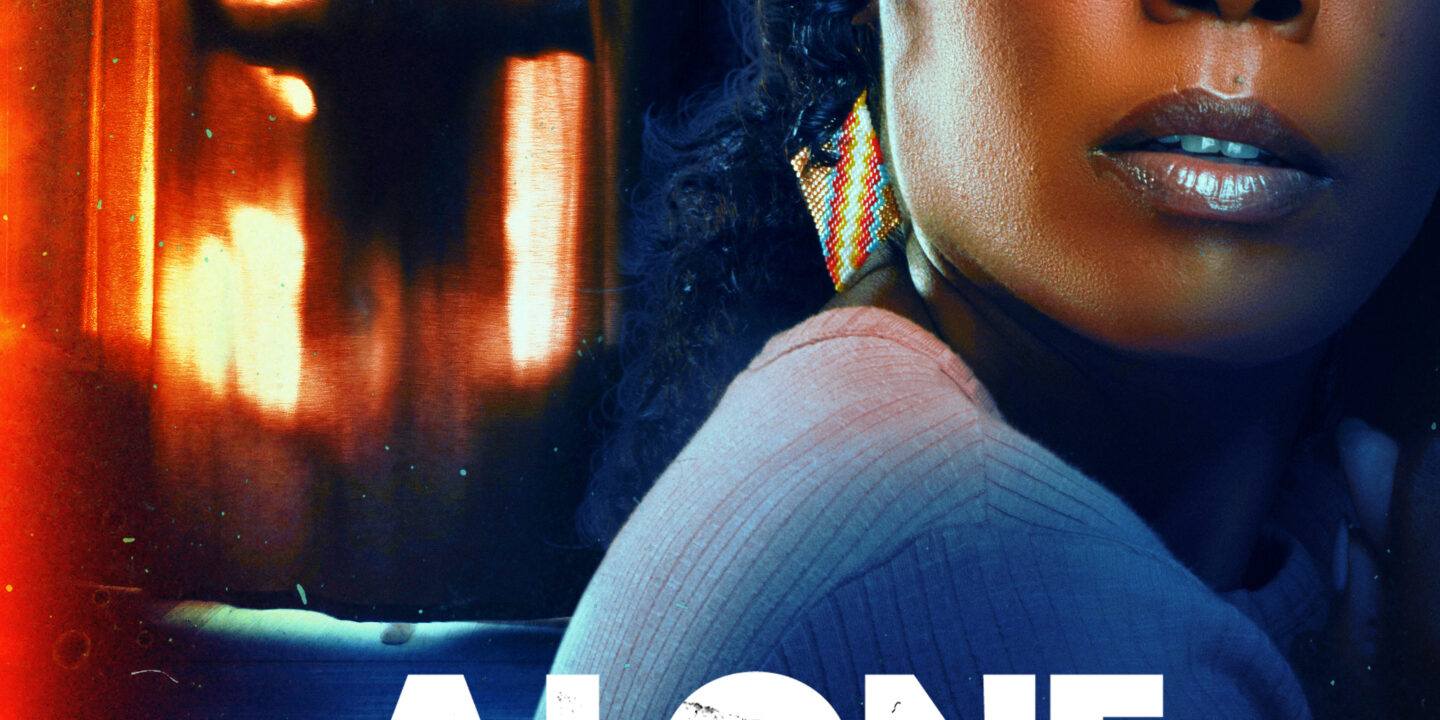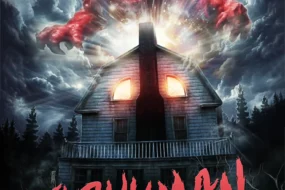
As someone who has immersed myself in a plethora of modern survival horror games like Alan Wake, the Resident Evil remakes, Outlast, and Madison, I felt a mix of surprise and excitement upon hearing about the resurrection of Alone in the Dark, especially with stars like Jodie Comer and David Harbour leading the game.
Although I was too young to experience the original releases, I was aware of the 2008 reboot, which I found too daunting to play back then. However, this time around, I eagerly embarked on what promised to be a bone-chilling adventure. Or so I thought.
Expecting a mature and gruesomely realistic experience akin to Resident Evil 7: Biohazard due to its star power, Alone in the Dark instead embraces the B-movie schlock that horror fans adore. Does it succeed in its approach, or does it falter?
Story and Gameplay
Alone in the Dark is rich in lore but perplexingly convoluted by the end. It starts with the allure of a haunted house but veers into a maze of branching plotlines that lack coherence. While I appreciate ambiguity, the narrative ultimately left me feeling unsatisfied.
Where the game truly shines is in its deliberately stilted acting. Whether intentional or not, Harbour and Comer deliver performances that add to the B-movie charm. Their wooden portrayal feels disconnected from their usual on-screen charisma, while the supporting cast excels in adding a comedic undertone reminiscent of Shaun of the Dead, contrasting sharply with the leads’ serious tones.
Gameplay is solid, with challenging puzzles and substantial gunplay that avoids turning characters into invincible heroes. Players alternate between Detective Edward Carnby (Harbour) and Emily Hartwood (Comer), each offering unique perspectives and scenarios throughout the campaign.
Credit to the developers for crafting unforgettable environments—Darceto mansion, pyramids, swamps—all meticulously designed to vary gameplay with new puzzles and challenges. Bravo indeed.
Audio and Visuals
Despite uneven acting, the game’s sound design and production values impress. Doors slam shut, enemies lurk with jump scares, and the soundtrack intensifies the atmosphere effectively.
Visuals, however, are inconsistent. While some scenes are mesmerizing, others verge on laughable, especially noticeable in the disparity between the realistic leads and cartoonish supporting characters.
Feedback
Alone in the Dark could benefit from a more straightforward narrative. Its rapid shifts and unresolved threads left me wanting more closure at every turn, detracting from the overall experience.
Combat, while satisfying in gunplay, falters in melee engagements with sluggish and unresponsive mechanics. Improved feedback during these encounters would greatly enhance the gameplay.
Conclusion
Alone in the Dark is a game that lingered in my thoughts long after completion. Its thematic depth, character dynamics, and eerie atmosphere made it a surprisingly addictive experience that I marathoned from start to finish—and already want to replay.
While not the pinnacle of survival horror, Alone in the Dark exemplifies how imperfections can contribute to enjoyment, akin to many beloved horror films.






